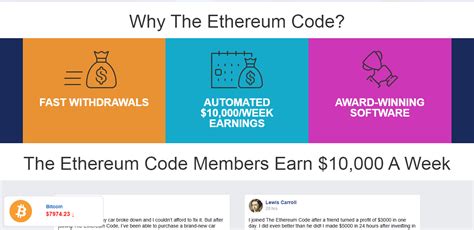Ethereum: Does the official Bitcoin client version 0.8 still download the entire blockchain?
The release notes for version 0.8 of the Ethereum client, also known as “Satoshi,” have sparked a debate among users and developers. One of the key features highlighted in the release notes is the Bloom filter support in the network protocol, which allows only relevant transactions to be sent to light clients.
Bloom Filter Support: A Performance Gain?
A Bloom filter is a data structure used to efficiently identify whether an element (in this case, a transaction) is present or not. By leveraging Bloom filters, the Ethereum client can optimize its performance and reduce memory usage when downloading the entire blockchain. This is especially beneficial for users who only want to receive updates on specific transactions rather than downloading the entire blockchain.
Is Bloom Filter Support Optional?
The question remains: is this an optional feature or a required upgrade? The answer is not a simple yes or no. According to the Ethereum development team, Bloom Filter support is “on by default” for clients on version 0.8, but it is not strictly necessary for users who only need to download specific transactions.
How does it work?

Here is a simplified explanation of how Bloom filters work in practice:
- The client generates a Bloom filter for each transaction.
- When a user wants to receive updates on a specific transaction, the client sends a request to the Ethereum network.
- The client uses its Bloom filter to identify whether or not the requested transaction is present within a certain latency window (usually around 10 seconds).
- If the transaction is present, the client can download only the relevant information and update its local cache.
Conclusion
While Bloom filter support in the 0.8 clients may provide performance benefits for specific users, it is important to note that this feature is not a required upgrade for all users. The Ethereum development team has provided detailed instructions on how to enable Bloom filter support in the client, ensuring that users can still download and update their blockchain without sacrificing performance.
In conclusion, whether Bloom filter support is optional or not depends on the needs and preferences of each user. Those who require frequent updates on specific transactions may find this feature useful, while others may prefer a more streamlined experience. Regardless of its necessity, Bloom filter support is an interesting case study in the evolution of Ethereum’s client architecture.
